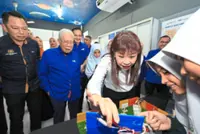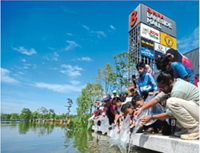According to McKinsey Global Institute, while progress has been made, women remain vastly underrepresented in construction globally. In most countries, they make up less than 10% of the construction workforce.
Having celebrated International Women’s Day on March 8, StarESG looks at how women are widening the range of expertise while closing the gender gap
THE construction industry has long been regarded as a male-dominated field, with historical records of women’s involvement in Malaysian construction being scarce.





